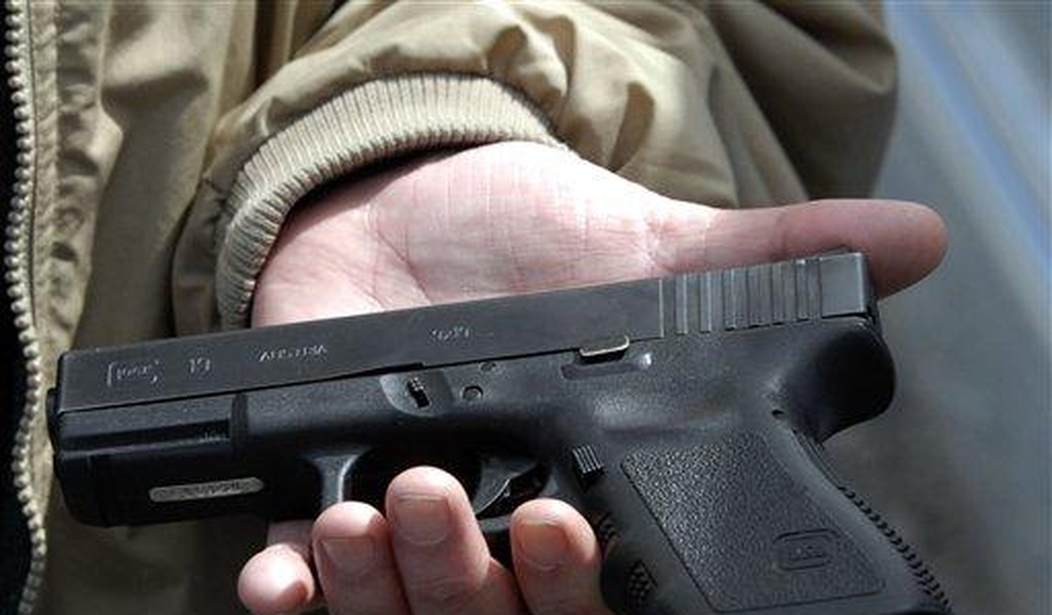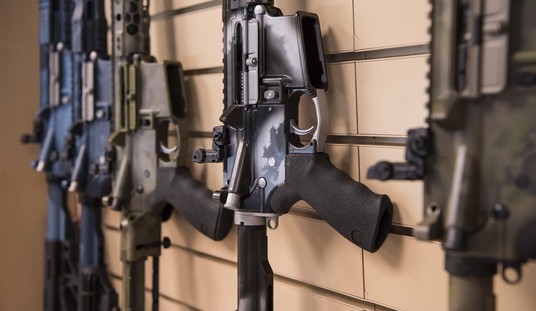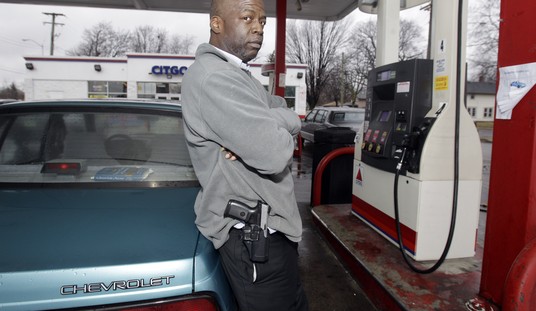And in almost half of the nine cases, a final order prohibiting the subject of the red flag petition from owning a firearm for a year was rejected by a judge.
The statistics, first reported on by the Albuquerque Journal, is another piece of evidence that “red flag” laws aren’t all that gun control advocates promise. In addition to the issues with due process, the inability of public defenders to provide counsel for those who can’t afford it, and the lack of mental health resources for those declared to be a danger to themselves or others (to name just a few concerns), there’s also the fact that even supporters of the measures can’t really say what the “right” number of red-flag petitions should be. Generally, however, they take the position that more is better, even if the risk of falsely “red flagging” someone increases with every petition filed.
We’re seeing that dynamic play out in New Mexico, with gun control advocates and Democrats looking at the low number of petitions that have been filed and taking steps to grow those numbers exponentially.
Maddy Hayden, a spokeswoman for Gov. Michelle Lujan Grisham, said an amendment to the law allowing spouses and partners to file petitions directly with the court — instead of going through law enforcement — could be an option to increase usage.
A bill that would have expanded the type of situations in which emergency firearm petitions could be filed — and the category of people who could file them — was introduced in 2021 but failed to win legislative approval.
Meanwhile, Hayden also pointed out there is not a ready mechanism for situations in which a law enforcement officer is unwilling to file an emergency firearm petition.
But she also pointed out firearms may also be confiscated from individuals under other laws, and said one of the red flag gun law’s chief goals was to create a way to remove firearms from those suffering from mental illness.
“This law has already resulted in firearms being removed from individuals who may have gone on to commit violence,” Hayden told the Journal. “This is the intent of the law, and if this law has saved even one life, we are glad it is on New Mexico’s books.”
“If” the law has saved one life… which is a big “if” and another issue with red flag laws; there’s no real way of knowing if a granted petition was a success in preventing a violent crime, or if the person never really posed a danger. And as Hayden points out, there are also other laws on the books that can remove someone’s ability to legally purchase a firearm, including civil commitment laws, but confining someone to inpatient mental health treatment because they’re dangerous costs a lot more money and time than simply filing an order with the court to take their guns away. Take one case that’s currently making its way through the Albuquerque court system.
Most recently, an Albuquerque Police Department detective last month filed an emergency firearm petition after a mother reported her son had told her he “killed grandmas” and threatened he was “going to get my people” to get her husband.
The son is a U.S. Air Force veteran who has been diagnosed with bipolar disorder, depression and post-traumatic stress disorder.
He had four guns in his possession, including an AR-15 style assault rifle, and acknowledged thoughts of using one of the guns to commit suicide, according to court records. He also had reportedly told his mother he had started wearing a bowl over his head to keep others from entering his thoughts.
A hearing before a judge on whether the 10-day temporary seizure of the firearms should be extended for one year is scheduled for June 14.
Now, it may very well be that this individual is disturbed to the point that he shouldn’t be around a firearm, but I would argue that if that’s the case he also shouldn’t be around any sharp knives, gasoline and matches, or have access to a car or SUV. If he truly is a danger to himself or others (and it sounds like that’s a distinct possibility) then simply removing any legally-owned firearms from his possession does nothing to address the underlying issues that are making him dangerous. A “red flag” law is an excuse for lawmakers to claim they’re “doing something” while they do nothing about the mental health crisis in their state; which in New Mexico has become particularly acute.
An estimated 83 percent of the need for mental health professionals goes unmet in the state, according to the Kaiser Family Foundation. New Mexico’s vast size and rural nature exacerbate the deficits: People must travel for hours to see providers, wait for extended periods or go without help. Nearly 60 percent of New Mexico adults with a mental illness do not receive treatment, the Office of Inspector General found.
Lives are at risk as a result. Between 2013 and 2017, Sierra, Hidalgo and Catron counties — some of the state’s most rural — had the highest suicide rates, health reports show.
That’s the real issue, and it’s completely untouched by the state’s “red flag” law. As senators haggle over a measure that would give states federal grants to impose regimes like New Mexico’s, it’s important to remember what isn’t covered under the legislation and the fact that these laws do nothing to deal with “dangerous” individuals other than strip them of their ability to lawfully possess a firearm. For the truly dangerous, that’s not nearly enough, and for those who aren’t a danger to themselves or others, it’s a bridge too far.









Join the conversation as a VIP Member